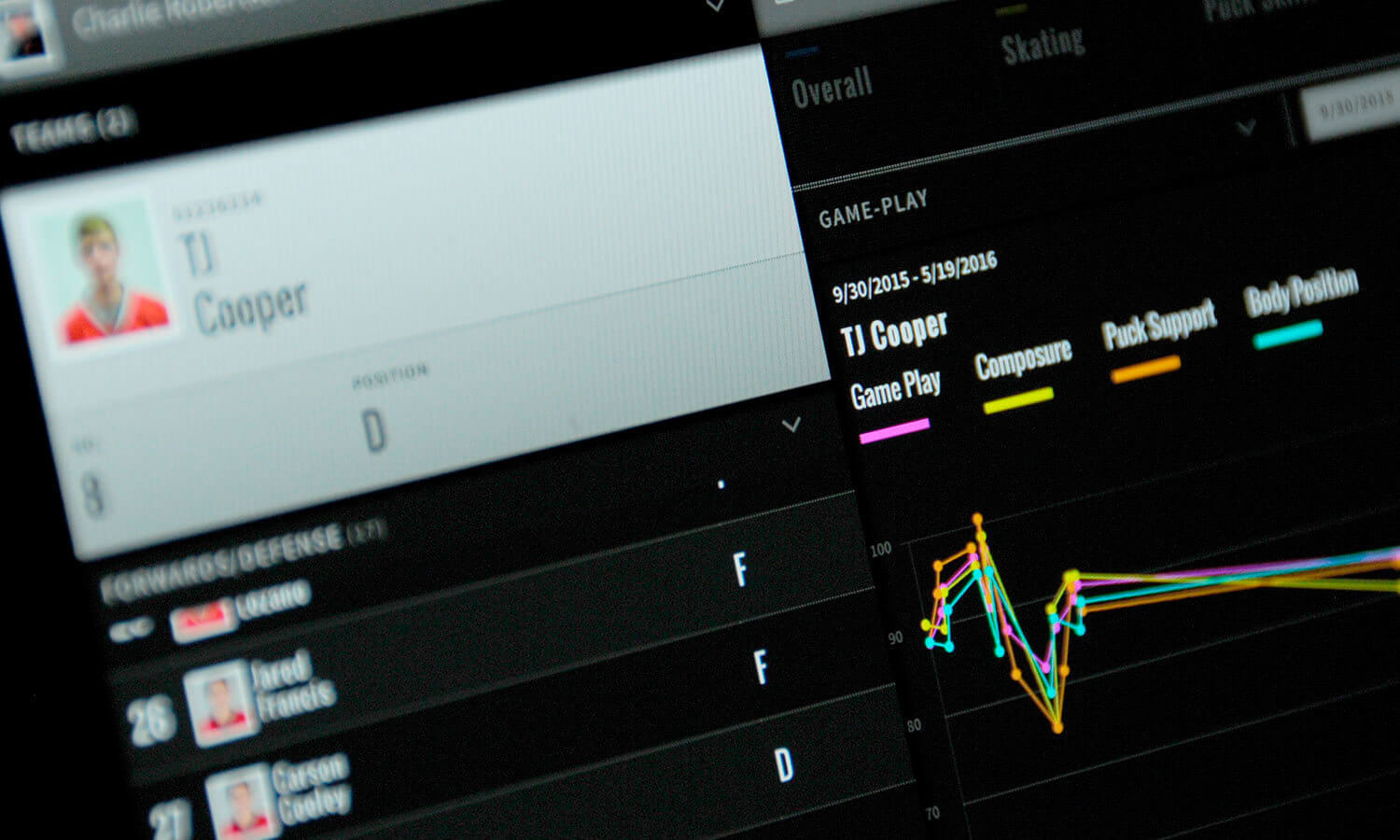Frustration = opportunity.
Maybe you know the feeling.
You’re out and about somewhere, doing something you either really need to do—like online banking or trying to catch a flight out of O’Hare—or something you really want to do—like trying to navigate the byzantine complexity of America’s private healthcare insurance system or figuring out how to actually use frequent flyer points for your benefit—and it suddenly hits you. Something or someone is making whatever you need/want to do harder instead of easier. For me, the feeling usually bubbles up pretty fast.
Design rage.
OK, maybe 'rage' is a little strong, but you get the idea. I’ve noticed that when that rage-y feeling does arise it's usually not symptomatic of something that’s missing from my life, but instead tends to be driven by the inadequacy of things that already exist. Like TSA checkpoints, the bizarre US Presidential nomination process, or the automatic but often really unhelpful functions built into certain software, some things have clearly been ‘designed,’ but they just don’t cut it for me.
Critical thinking leads to 'what if?'
So while it may be true that ‘necessity is the mother of invention’, for members of the world’s population who are cursed with abnormally sharp critical thinking skills, the simple frustrations of everyday life can be a source of inspiration. If you’re one of those people who recognizes that sometimes opportunity is disguised as aggravation, you probably can’t help but look at what is and think about what could be. You probably can’t help but wonder what potential might lie in reimagining and reengineering an existing process, product, service or methodology by injecting new thinking into it.
That’s where Amazon came from. And Uber. And Netflix. And Kayak. And so many other innovations that we currently take for granted. They were born because someone not only thought an existing ‘thing’ was inadequate, but because they took a chance, gathered a team of like-minded collaborators and contributors with diverse skill sets, and collectively worked their butts off to turn that original frustration into something much more positive. And yes, in some cases, much more lucrative.
I've got a fever. And the only prescription is better design!
Design rage can only be cured by design. And design is hard work. It takes a lot of vision, brain power, stick-to-it-iveness, attention to detail and resilience to be able to conceive of something new and push it all the way through to fruition. We’re fortunate to work with a lot of bold, inventive clients who look to us to deliver key components—naming, brand expression, communication and interaction design—that help them shape and realize their visions.
And while it’s not possible for my partners and me to act on all of the things that end up in our own personal ‘frustration as opportunity’ buckets, it sure is fun to take a chance on our own instincts and go after one or two of them ourselves.
